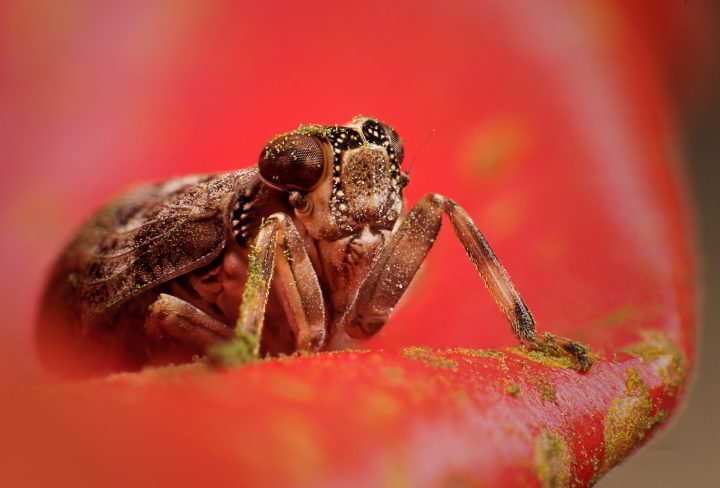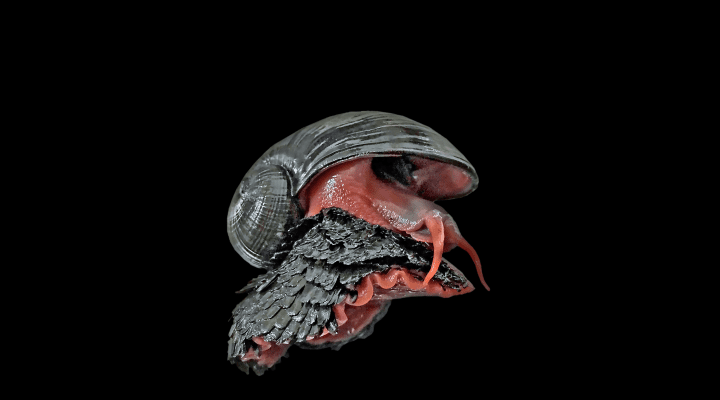Cabbage white butterflies warm their muscles by reflecting sunlight from their wings onto their bodies.
Introduction
You wake up, your six legs grasping the edge of the flower you slept on top of all night. Slowly, the yellow sunlight creeps over the prairie towards you, until finally, after an hour or so of its unhurried approach, the light finally settles onto your back. In a few moments, you begin to bend your legs and vibrate your wings. In a few more moments, you take flight, lord of the skies.
That’s how it is for the cabbage white butterfly (Pieris rapae) and most other butterflies, who produce little body heat and so rely on the temperatures around them for their body to work, such as for metabolizing and operating tissues like flight muscles.
Being unable to move until warmed up to as high as 41֯ C (106֯ F) can be a problem for many reasons. For one, to predators, you’re a sitting duck (well, butterfly), and for another, you can’t do the things that butterflies need to do, like drink up flower nectar, find mates, or lay eggs. And what do you do on cloudy days, with weak sunshine, or when ambient air temperatures never reach what you need to fly?
The Strategy
The brilliantly flitting cabbage white butterfly isn’t only a delight to see, but for another reason altogether: its wings are excellent light reflectors.
In the morning, Pieris butterflies like Cabbage Whites position their backs to face the climbing sun and tilt their wings in a V shape with an angle between 10֯ and 60֯, in order to bounce sunlight onto their bodies. Experimental studies have found this behavior raises the butterfly’s body temperature by 7.3֯ C (13֯F).
The high-reflectance of their wings is largely due to their wing scales containing dense arrays of small (e.g., 300-nm-long) granules, which are highly reflective of longer light wavelengths.
The Potential
Solar energy output is partly constrained by the area available for panels and the cost of the panels themselves. Solar concentrators use mirrors and lenses to direct sunlight onto electricity-producing material, increasing energy output while decreasing the amount of photovoltaic surface needed. Current solar concentrator technology is expensive and heavy, however.
Solar concentrator prototypes lined instead with wing scales from Pieris butterflies were found to increase solar panel energy output by over 42%. In other words, the use of such concentrators would enable solar panel area to be reduced by a similar degree while keeping energy output equivalent. Moreover, for the same energy output, the additional weight of these prototypes was 17 times less than that of conventional solar concentrators, suggesting such an approach could greatly boost energy output while using less space and material.





